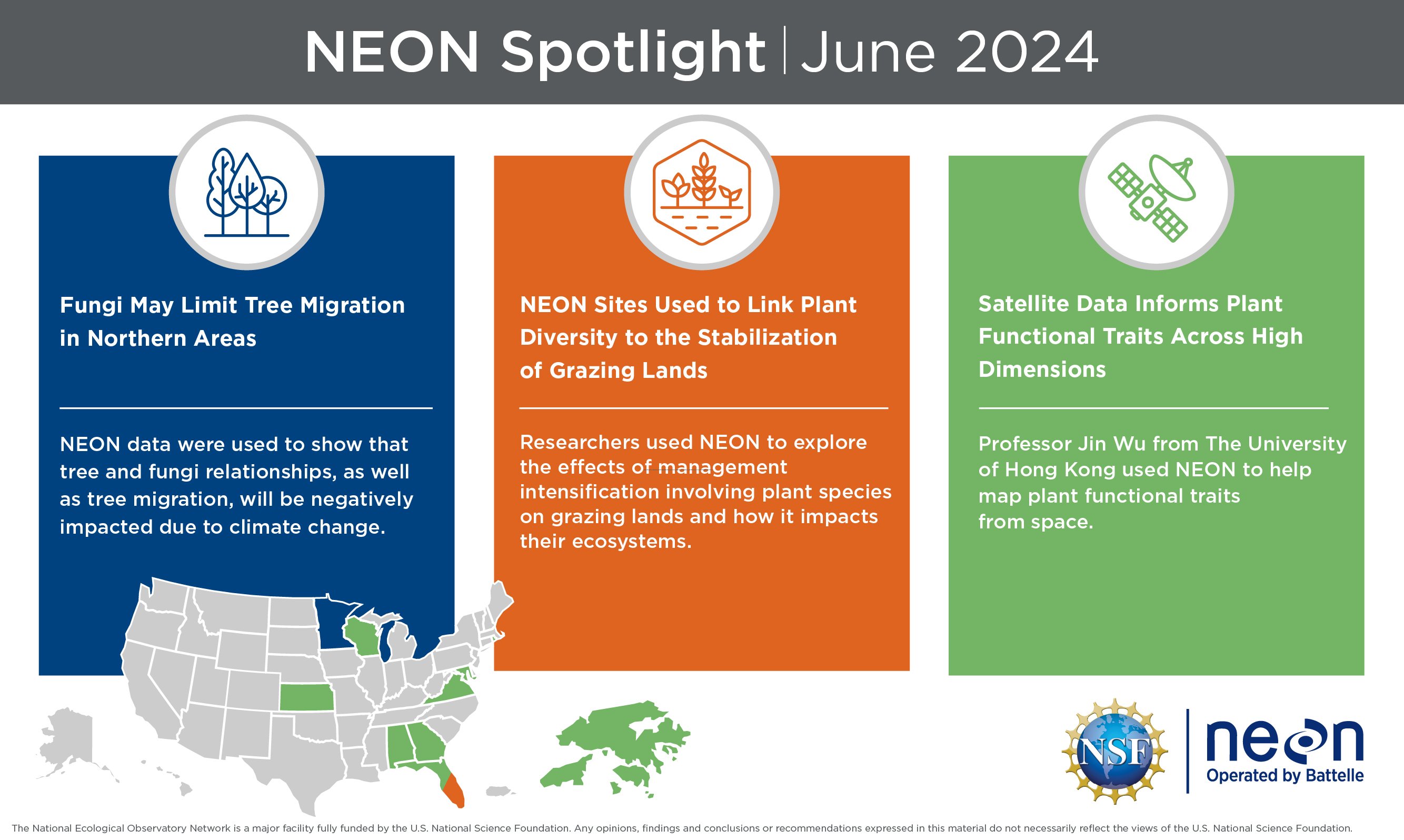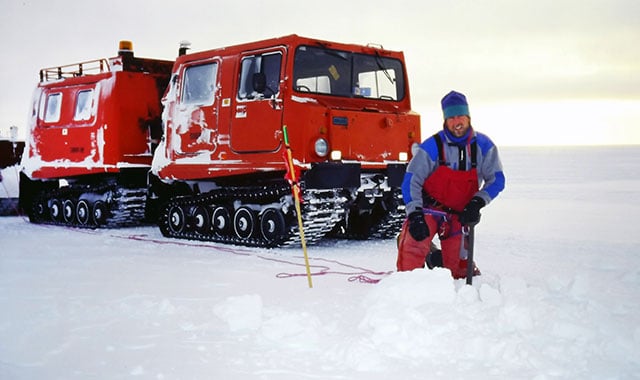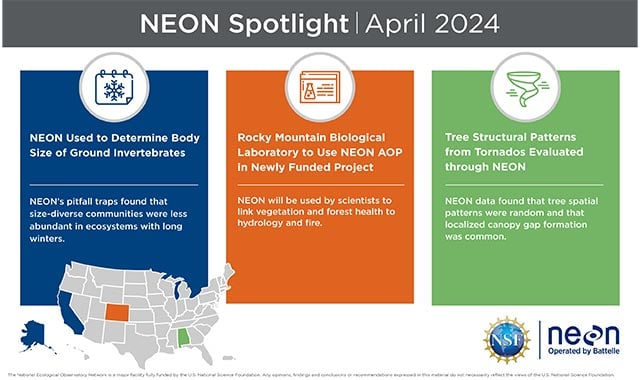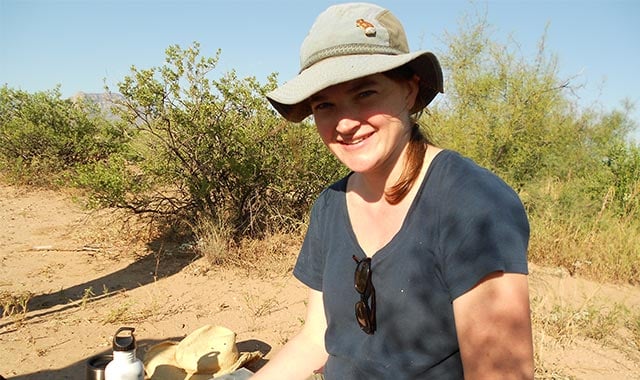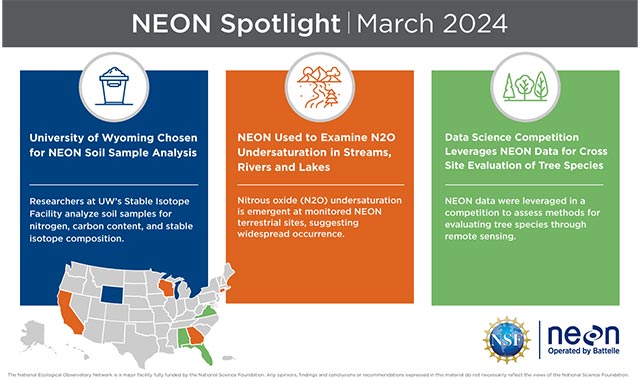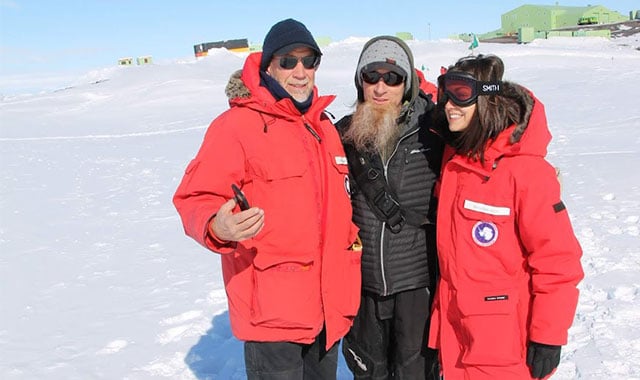NEON Spotlight: The Best of 2022
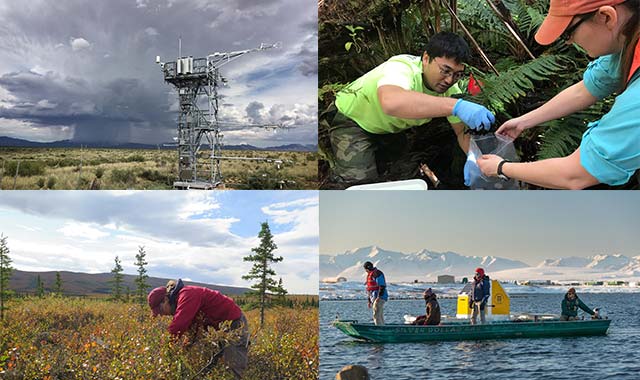
As we dive into 2023, let’s take a moment to highlight and reflect on the exceptional work delivered in 2022 by the National Ecological Observatory Network (NEON) – a program Battelle has had the privilege of managing and operating since 2016. The NEON program provides consistent access to a free, standardized, open source of high-quality ecological data that enables scientists, researchers, and students to address critical questions and understand and predict changes in ecosystem composition over time.
The NEON data collected and utilized in 2022 have made diverse impacts on ecological science on ecological science. The program has informed and stimulated ecological knowledge at a continental scale, uniting scientists from universities, agencies, and other disciplines across the country (and abroad). We are looking forward to a bright future of more collaboration and advancement in 2023.
Here are some of the most exciting news items involving the NEON program in 2022:
NEON Data Enables Virtual Learning
The ongoing pandemic has deeply impacted higher education, especially field-based biology and ecology courses where instructors and students work collaboratively to collect data hands-on. NEON collaborated with faculty from the Ecological Research as Education Network (EREN) to design five flexible and inclusive learning projects instructors can use to facilitate hands-on learning regardless of if students are in-person or remote. The five projects incorporated the Ecological Society of America’s 4DEE framework and included field data collection, data analysis components, and an activity that incorporates existing NEON field protocols or datasets.
Originally published in the February 2022 edition of the NEON Spotlight.
Battelle partners with SpaceX’s Starlink to provide added support for the NEON mission
Battelle, manager of the National Science Foundation’s NEON program, tested a pilot program with Starlink to achieve improved data transmission and service as part of an initiative to leverage new and innovative technologies to evolve NEON operations. “The use of Starlink satellites for the NSF/NEON program demonstrates clearly how the new commercial space industry can benefit science and our understanding of climate and biodiversity changes,” said John Grunsfeld, former Astronaut and NASA Associate Administrator for Science. “The ability to reach remote areas nearly anywhere on planet Earth promises to enable new opportunities for science and exploration.”
Originally published in the April 2022 edition of the NEON Spotlight.
Researchers identify two new beetle species at NEON Hawai’i site
Two new species of ground beetles were identified at a National Ecological Observatory Network (NEON) field site at Pu’u Mala’ala Natural Area Reserve (PUUM) in Hawaii. Studying carabid populations across geographic regions and over time can provide insights into climate and ecosystem change and ecosystem dynamics. NEON’s carabid data will allow researchers to keep a close eye on shifting populations in Hawaii and across the country.
Originally published in the May 2022 edition of the NEON Spotlight.
Researchers use NEON to Investigate Ticks
Scientists analyzed NEON data on tick abundance, diversity, and pathogen infection to better understand how drivers of tick dynamics and pathogen prevalence may shift with climate or land-use change. As cases of tick-borne diseases have been steadily increasing in the USA, the potential drivers remain poorly understood within the complex disease system. Ticks are ectotherms with multi-host lifecycles, making them sensitive to changes in the physical environment and ecological community. Several outstanding questions remain in the field of tick-borne disease ecology, and NEON’s dataset provides insight into these knowledge gaps.
Originally published in the July 2022 edition of the NEON Spotlight.

New Data Sensing Platform May Help Prevent Wildfires
Funded by the National Science Foundation (NSF) and developed by the Northwestern-Argonne Institute for Science and Engineering, a platform called Sage is being utilized to support the study of wild- and forest fires by pairing multichannel sensing with advanced computing technologies. After the successful deployment of the Sage network in Kansas using the NEON Mobile Deployment Platform (MDP), scientists hope to bring the system to California, Colorado, Illinois, and Texas via the NEON Assignable Assets program.
Originally published in the August 2022 edition of the NEON Spotlight.
NEON Data Helping to Identify Plant Species from Space
NEON’s hyperspectral data is helping scientists make better determinations of where certain plant species are located. By leveraging NEON’s Airborne Observation Platform and its collected reflectance data (how much of each light type is reflected over the Earth's surface), researchers can combine NEON data to determine the exact locations of specific plant species. This analysis can be used for any NEON site where plants grow, as users are able to select NEON sites of interest by filtering by location and site characteristics, such as whether non-NEON research is allowed, average number of green days per year (Peak Greenness), soil type and field site type (e.g., terrestrial or aquatic), among other options.
Originally published in the September 2022 edition of the NEON Spotlight.
Drones and NEON are making large-scale ecological data more accessible
Macroecology studies seek to understand ecological phenomena with causes and consequences that accumulate, interact, and emerge across scales spanning multiple orders of magnitude, like how global development is impacting climate change and affecting wildlife populations. However, macroecological data have historically not been democratized, so they are costly & difficult to acquire and analyze. This challenge inspired a working group of drone-using academic ecologists, NEON scientists, imaging researchers, remote sensing specialists, and aeronautical engineers to synthesize current knowledge to make these data more accessible and advance the democratization of macroecology.
Originally published in the October 2022 edition of the NEON Spotlight.
Google and Battelle NEON Expand Ecological Data Access
NEON has partnered with Google to store and deliver datasets to NEON users securely and efficiently. Some NEON users have faced challenges trying to use NEON data, in particular because of its scale and size (e.g., remote sensing data). In collaborating with Google Public Sector and deploying their data on Google Cloud Storage and Compute Engine, users have an easier experience, as they are able to analyze it on the Cloud. The new partnership will also explore utilizing tools such as BigQuery and Google Earth Engine, as well as researcher credits and grants for using NEON datasets on Google Cloud.
Originally published in the December 2022 edition of the NEON Spotlight.
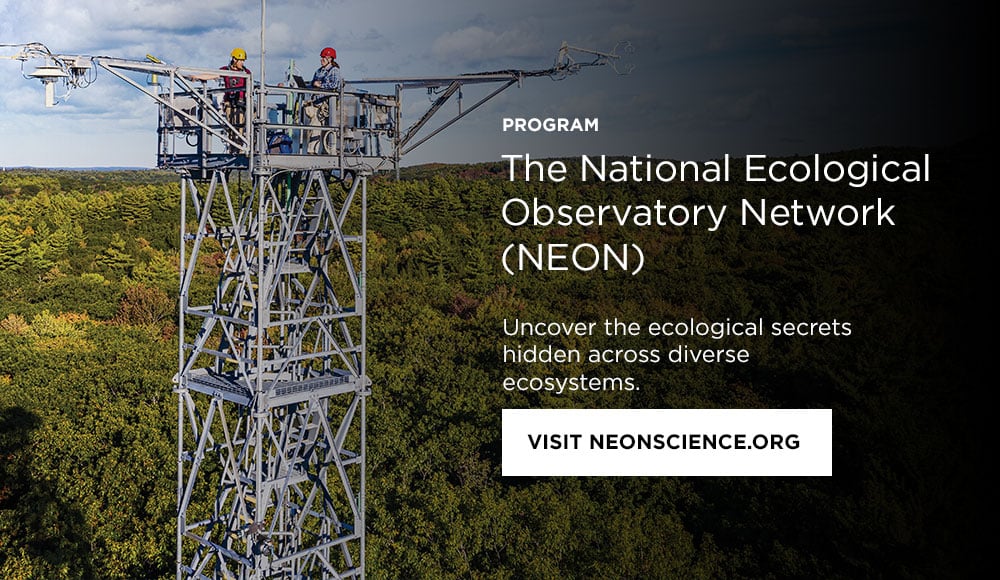
Related Blogs
BATTELLE UPDATES
Receive updates from Battelle for an all-access pass to the incredible work of Battelle researchers.
